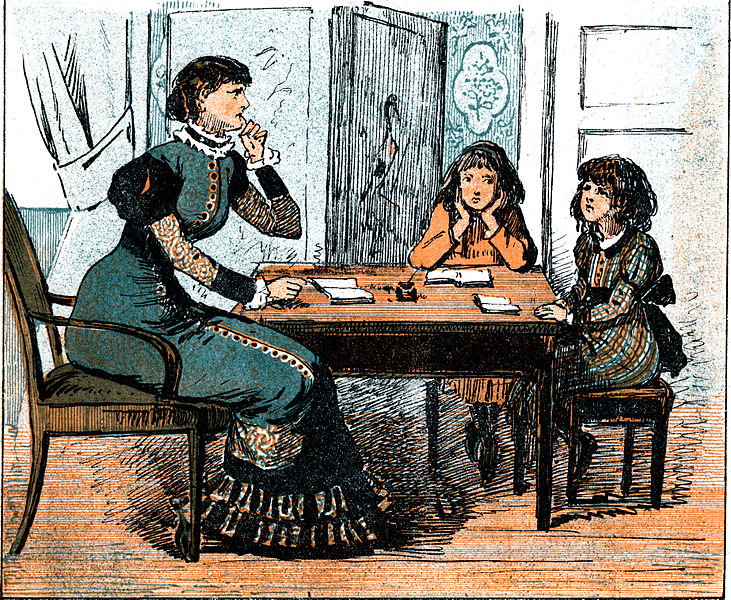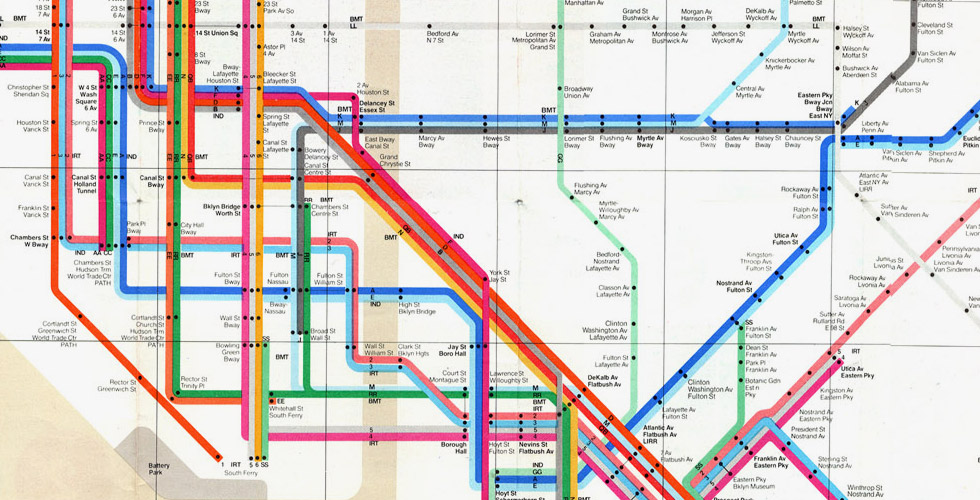
Yuri is tending to a bit of business while he’s in town. This means I have an hour to spend with you. You look lovely this morning.
Trying to write anything right now that is not a frothy, gooey paean to the strapping young man in my life/house is useless: he’s all I can think about and our reunion has been most happy, but because I refuse to be gross, I’ve rifled through the big red binder and have a little something for you today from the PaperGirl Archive. I promise you’ll be entertained, and there’s no risk of me TMI’ing about Yuri’s perfect, uh, everything.
The entry, titled “Mary Fons, Freshman,” is dated January 30, 2012, and I chose it because it makes this post a post-within-a-post that also digs into the past for old writing. It’s so meta, I’m practically metallic. Bon-apetit!
PaperGirl, January 30, 2012 — “Mary Fons, Freshman”
And now, a report I found amongst my the boxes of things my mother delivered to me in her quest to rid the house in Iowa of questionably saved childhood artifacts.
This essay (?) was written my freshman year of high school, which means I was writing at the tender age of fourteen. I am more than a little scandalized by my flip, bratty attitude — and more than a little proud, friends. As I type this up for you, I remain indignant over the indelicate circumstances that compelled my math teacher to give the assignment. I’ve copied and formatted exactly, word-for-word, from the document itself.
Let’s do this.
“Under normal circumstances, I couldn’t give a damn about the history of mathematics, but since the students in my math class can’t seem to control their gastrol [sic] intestines, I am forced to write this report. Having encyclopedias from 1962, it makes it difficult to find an abundance of information on anything other than Lincoln, so my one and only source will be my math textbook, Transition Mathematics, (Scott, Foresman, 1992, All rights reserved.)
THE DEVELOPMENT OF OUR NUMBER SYSTEM
Do you recognize these numbers?
0 1 2 3 4 5 6 7 8 9
You ought to, you’re a math teacher. We use numbers every day. But have you ever wondered how they came about? Well, I haven’t either, but I’ll tell you anyway.
Long ago, the Greeks and Romans had a number system. It’s wasn’t like ours — they used the letters of their alphabet to represent numbers. The Greeks used more letters than the Romans, which is a totally pointless bit of info but is has to be a page report and I have absolutely no material at all. In fact, I wouldn’t be surprised if I am one of the only ones in my class who actually completes this assignment! Anyhow, the Romans used L for fifty, C for one-hundred, D for five-hundred, and T for two. Europeans used this system from 100 B.C. to 1400 A.D.
During this time, the Hindus were hard at work on their own number system, which is the system we use today. It was called the DECIMAL SYSTEM! This system is the one that has made my life a living hell ever since preschool. I have never been good at math. If I was, I wouldn’t be having to deal with high schoolers who can’t stop farting. (Excuse the term, it’s so blue-collar.) But I digress.
The Europeans didn’t figure out the decimal system until 1202 A.D. A guy named Leonardo of Pisa, an Italian mathematician also known as Fibonacci, translated the Arabic manuscript into Latin, and that was the only reason the Europeans ever began using this system. Thus ends my report on THE DEVELOPMENT OF OUR NUMBER SYSTEM. Thank you.
Now, because I still have a half a page left, I will express my opinion on this situation. It saddens to me know that my fellow classmates cannot grasp the fact that they are in high school. Maybe farting was funny in second grade, but not anymore; at least not to me, or anyone else with an I.Q. over ten. Frankly, I’m scared. Are these the leaders of tomorrow? If so, for God’s sake, kill me now.”
[end of post]
My teacher put a red X through the words damn and “living hell” and docked me 10 points. It may not surprise you that I was considered fairly nerdy in high school, though socially-speaking, I was a floater: I had nerd friends, chorus friends, partying friends, and my older sister’s supercool friends, so I wasn’t terminally nerdy. But the general consensus was that I was a good at English, nice enough, and in no way serious girlfriend material.
Today, I absolutely think farts are funny and I am one happy girlfriend. Things do change.

